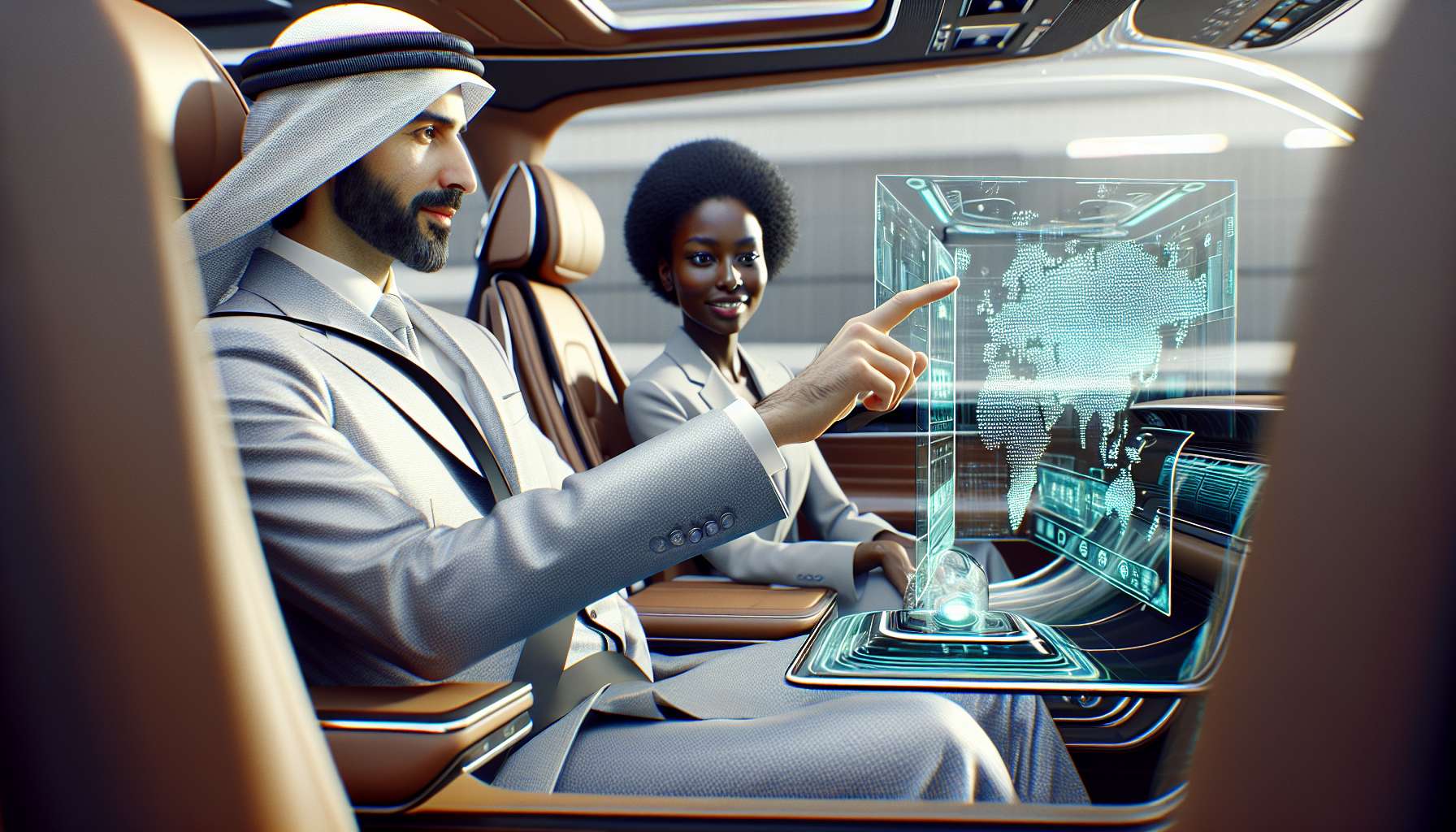Driving Innovation: AR Trends Shaping the Automotive Industry
As technology continues to evolve, the automotive industry is embracing augmented reality (AR) to enhance the driving experience and revolutionize the way we interact with vehicles. AR, combined with artificial intelligence (AI), is paving the way for exciting advancements in safety, navigation, maintenance, and entertainment. In this article, we will explore the latest trends in AR for the automotive industry and discuss the future directions that are reshaping the road ahead.
1. Enhanced Safety and Driver Assistance
- AR-powered heads-up displays (HUDs) are becoming increasingly popular, providing drivers with real-time information without diverting their attention from the road. These displays project vital data, such as speed, navigation instructions, and collision warnings, directly onto the windshield.
- AR can also assist drivers in hazardous conditions by overlaying virtual objects onto the real-world view. For example, AR can highlight pedestrians, cyclists, or road signs that may be obscured by poor visibility, reducing the risk of accidents.
2. Immersive Navigation and Wayfinding
- AR navigation systems are transforming the way we find our way on the road. By overlaying digital directions onto the real-world view, drivers can receive intuitive and context-aware guidance, eliminating the need to constantly glance at a separate screen.
- AR can also provide enhanced information about points of interest, such as nearby restaurants, gas stations, or parking spots. This technology enables drivers to make informed decisions without distractions, ensuring a smoother and more enjoyable journey.
3. Streamlined Maintenance and Repairs
- AR is revolutionizing vehicle maintenance by providing technicians with hands-free access to repair instructions and diagnostic data. With AR glasses or headsets, mechanics can overlay step-by-step instructions onto the physical components they are working on, reducing errors and improving efficiency.
- Furthermore, AR can assist in identifying and troubleshooting issues by overlaying virtual markers or highlighting problematic areas within the vehicle. This technology simplifies the repair process, saving time and costs for both mechanics and car owners.
4. Personalized In-Car Entertainment
- AR is transforming the in-car entertainment experience by creating immersive and interactive environments. Passengers can enjoy virtual reality (VR) games, movies, or educational content, enhancing long journeys and making them more enjoyable.
- Additionally, AR can personalize the entertainment options based on individual preferences and interests. By analyzing user data and AI algorithms, the system can suggest relevant content, recommend nearby attractions, or even provide virtual tour guides, making every trip a unique and tailored experience.
5. Future Directions and Beyond
The future of AR in the automotive industry holds even more exciting possibilities. As technology advances, we can expect to see:
- Integration of AI-powered voice assistants, allowing drivers to interact with their vehicles using natural language commands.
- AR-enabled smart windshields that provide real-time information about road conditions, weather updates, and even augmented reality advertisements.
- Collaboration between AR and autonomous driving technologies, creating a seamless and intuitive driving experience where the vehicle interacts with the environment in real-time.
As the automotive industry embraces AR, the possibilities for innovation are endless. From enhanced safety and navigation to streamlined maintenance and personalized entertainment, AR is reshaping the way we interact with vehicles. The road ahead is filled with exciting trends and future directions that will continue to revolutionize the automotive industry and enhance the driving experience for all.





